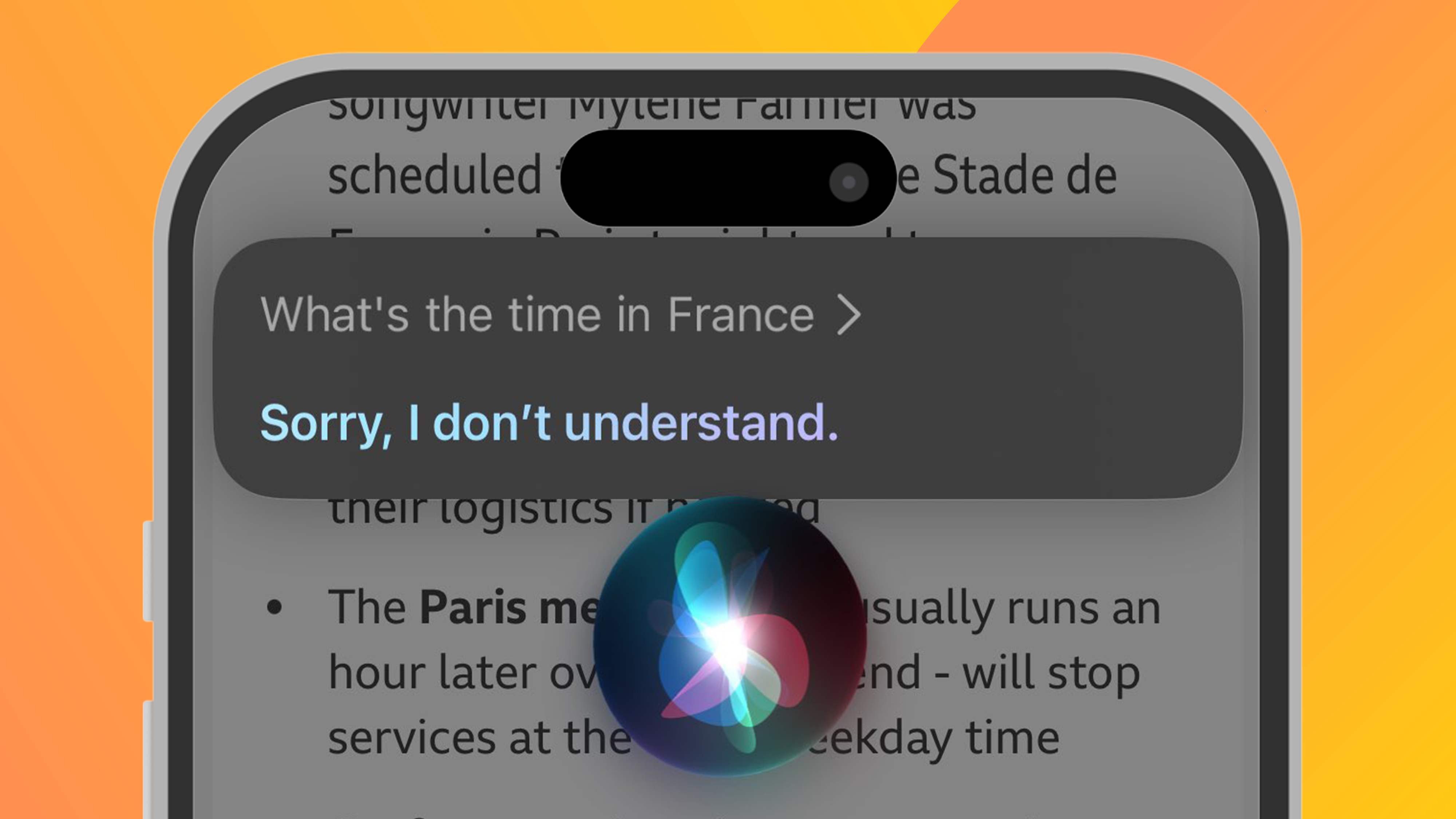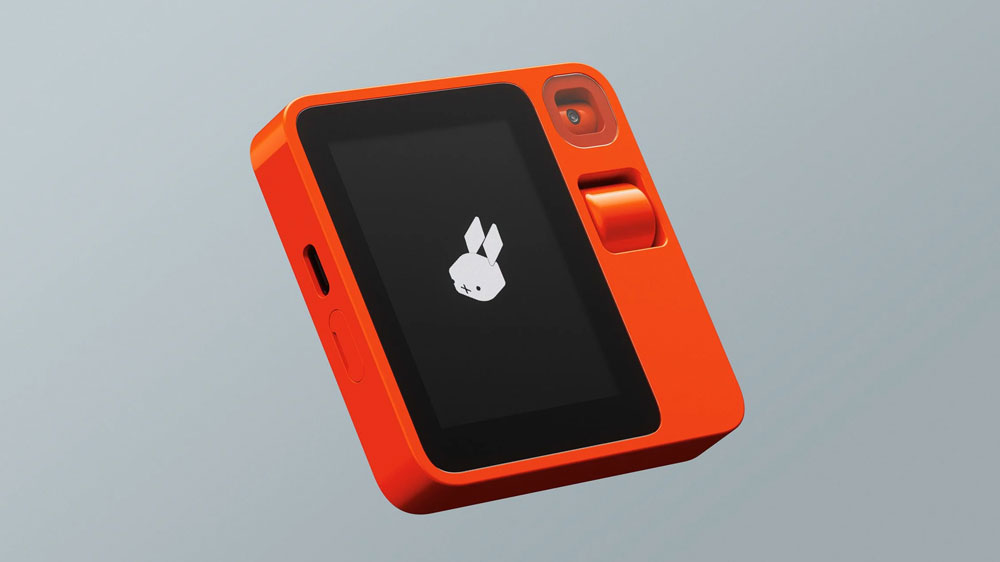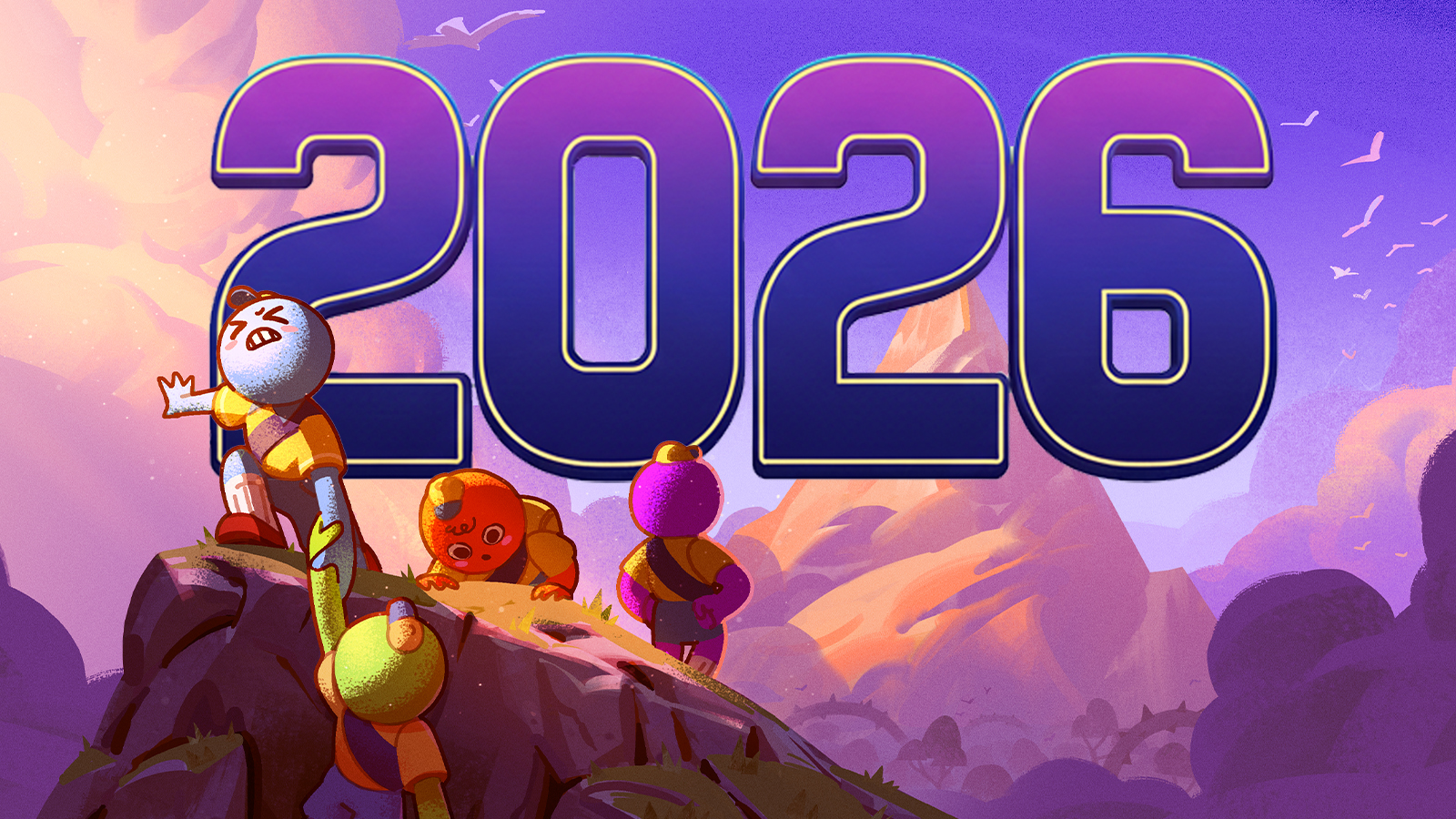Why the Rabbit R1 might be the first meaningful departure from smartphone design
A giant leap for consumer tech.
Groundbreaking product design doesn’t really come around that often. We’re frequently told that we’re only a handful of years away from self-driving cars or an automated revolution that will eradicate the need for us to regularly perform mundane, repetitive tasks, but the reality is that we’ve been promised that for the best part of the last 100 years. The iPhone launch in 2007 genuinely took us into a new, exciting and revolutionary realm of the best smartphones ever, but as the lines between software and hardware continue to blur and more advanced devices get launched on to the market, we’re still waiting for that next big step change on from what we’ve become accustomed to.
However, the recently announced Rabbit Handheld R1 AI device has come out of the blue, and signals a true and potentially meaningful departure from conventional smartphone design and our reliance on app-based operating systems. Initially teased on social media before being shown to the world at the latest CES conference earlier this month, it promises to revolutionise technological responses to natural language input, offering the opportunity for complex tasks to be carried out via voice activation using AI. Sounds too good to be true? Perhaps, but it’s a promising and intriguing claim.

To understand why this is important it’s worth looking at where smartphones come up short. Sure, they’re great communication devices, but the reality is Siri, Google Assistant, Alexa and the like aren’t really that impressive. They’re being improved all the time, and are so much better than they used to be, but they still require a certain manner of speaking and a way of understanding their specific functions in order to get the best out of them. With responses to natural speech at its heart, with the additional benefit of the device understanding context (where your next appointment is, for example) and acting on a specific ask, it could change what a virtual assistant can do.
Smartphones also rely on pre-programmed algorithms for various tasks, whereas the R1 employs AI to understand user behaviour, adapt to preferences and anticipate needs. There’s a significant shift here from reactive to proactive technology which signals a leap forward in user experience. From what we understand so far, the idea is that the Rabbit will become a true companion that evolves alongside its owner, continuously improving its understanding of habits.

The design philosophy is also potentially groundbreaking, as it challenges the uniformity of smartphones and introduces a unique form factor. Combining portability with a novel user interface, the R1 embraces an ergonomic design, fitting comfortably in the hand and promoting a tactile, intuitive interaction. The departure from the conventional touchscreen again is particularly noteworthy, with haptic feedback, gesture recognition and a touch-sensitive surface all being touted as part of the device’s design.
There are also a couple of other promised nice touches, such as seamless low-latent 5G integration and a modular design that means components can be replaced. For a device that is expected to cost just £159, that’s to be applauded, and goes someway to explaining why Microsoft’s CEO says this product demo was the ‘most impressive’ since Steve Jobs unveiled the smartphone as we know it today. With their focus on user experience, if they live up to their goal of creating the ‘simplest computer’ imaginable, then we are really discussing the fundamentals of our relationship to technology and posing important questions of how we interact with devices and where they’re going to be most useful in our lives. That conversation, for many people, cannot come soon enough.
It seems 2024 will be the year of multiple gadgets, trying oh-so-hard not to be smartphones. But do we really want or need all these new screens?
Daily design news, reviews, how-tos and more, as picked by the editors.

Jacob Little is a freelance writer and photographer and over the past ten years, has written for several national publications and brands. Based near Bristol, technology and the creative industries form the basis of his work, and he also provides content planning and project scoping services for agencies and businesses.
